Map: Al Qaeda and Its Associated Movements, March 2013
July 1, 2013 - Institute for the Study of War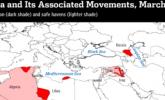
A map showing areas of operation and safe havens for Al Qaeda and its associated movements.

A map showing areas of operation and safe havens for Al Qaeda and its associated movements.

The conflict in Syria has exacerbated traditional communal tensions in Lebanon, with violent clashes becoming increasingly widespread in parts of the country.

Across the Mediterranean and Pacific worlds, Iran is striving to strengthen and extend its influence. From Libya to Sri Lanka and beyond, the regime is building networks of trade, power, and control. Collisions with other world powers have generated political friction and strategic setbacks. However, the nation remains committed to expanding its regional significance. Iran's ambitions are serious.

On the heels of its success in al-Qusayr, the Syrian government launched a new offensive against rebel-held areas in Aleppo province, marked by the deployment of thousands of Lebanese Hezbollah militants on June 2.
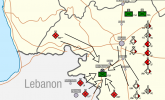
With the help of thousands of fighters from Hezbollah, Iran, and Iraq, Syrian President Bashar al-Assad has achieved one of his most important military victories in the past two years by forcing the withdrawal of opposition forces from the town of al-Qusayr. Al-Qusayr now also cuts off access to cross-border weapons supplies to the rebels from Lebanon and provides an important staging ground for future efforts by the regime to retake the north and east.
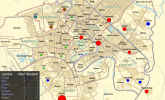
Al Qaeda in Iraq launched a concentrated wave of car-bomb and other attacks specifically against civilian Shi'a targets in and around Baghdad. Shi'a militias are mobilizing and have begun a round of sectarian killings.
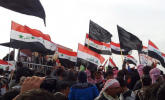
The political participation of the Sunni Arab minority in Iraq is critical to the security and stability of the state. At present, they are functionally excluded from government. Without effective political representation, the Sunni in Iraq are left with few alternatives to address their grievances against the Maliki government.
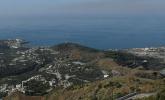
Recent violence against Sunni communities in Syria’s coastal region raises new concern over sectarianism in Syria. It also suggests to some that Assad will move to form an Alawi state.
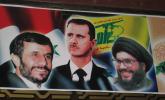
The Islamic Republic of Iran has conducted an extensive, expensive, and integrated effort to keep President Bashar al-Assad in power as long as possible.

On April 25, U.S. Defense Secretary Chuck Hagel confirmed that the United States had evidence of chemical weapons use by the Syrian regime, albeit with “varying degrees of confidence”